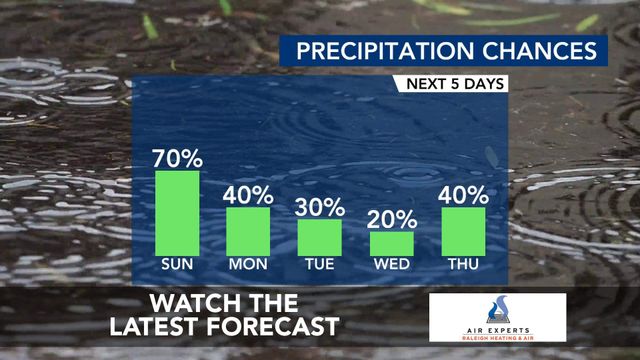State health plan likely headed for red ink without bailout, analysts say

The North Carolina State Health Plan is poised to lose nearly a quarter of a billion dollars in 2025. State Treasurer Dale Folwell is hoping state lawmakers will bail out the plan by paying it back for Covid-19 care and related expenses.
About 740,000 state employees and their family members get their health care through the State Health Plan. Expenses for the plan are projected to double next year, leaving it just $15 million above its targeted stabilization reserve. According to the plan’s financial analysts, it could be as much as $1 billion in the red by the end of 2027.
Increasing costs for medical claims is the biggest driver. But plan economist Emma Turner said they learned this month that insurer Humana’s premiums for Medicare Advantage would triple in 2025.
Folwell, the chairman of the plan’s board, said Thursday during a meeting of the plan’s board that he’s not satisfied with that. He hinted that the plan could search for a different provider for Medicare Advantage, a health plan offered by a private company that contracts with Medicare.
A representative of Humana didn’t immediately respond to a request for comment late Thursday.
There’s also a significant increase in plan administration costs associated with the change in benefit management from BlueCross BlueShield of North Carolina to Aetna, though that expense is a one-time cost, Turner said.
The state health plan staff is recommending the board agree to raise Medicaid Advantage premiums on dependents and contributing retirees in 2025. But Turner said that won’t be enough to address long-term operating losses.
“The benefits have stayed stable for many years,” she said, “and state employees appreciate that stability in their benefits. “But we will have to look into that.”
Legislators gave the state plan $240 million less than requested in last year’s budget. And Folwell says lawmakers still owe the plan for $300 million in Covid-19 expenses on top of that.
Lawmakers reimbursed the plan $215 million from state funding that was received under the federal CARES Act. But that didn’t fully cover the costs incurred.
Folwell said lawmakers could have used some of the billions of dollars in federal relief funding the state received over the past few years.
Charles Sceiford, an actuary for the state health plan, explained that lawmakers were trying to use the pandemic funds to replace state spending, dollar for dollar.
“This plan is partially funded by receipts from state agencies and school systems, county and federal funds,” Sceiford said. “It's not a dollar-for-dollar exchange of cost savings they would realize on that, so they put us as a lower priority.”
Turner said all the Covid-19 funds are currently earmarked for projects, but there is still a chance that the plan could receive leftover funds if those projects don’t materialize. The money has to be sent by the end of 2026.
Folwell turned to advocates and lobbyists in the meeting room and urged them to push lawmakers for help.
“If you're really concerned about individual premiums,” he told them, “the simple, easiest way — the biggest thing that we can do — is to get reimbursed for our Covid-related expenses.”
“That can give us a little bit of kryptonite toward all these other pressures,” Folwell added.
The board, which was scheduled to vote on premium increases Thursday, agreed to postpone the vote to give members time to consider it.











